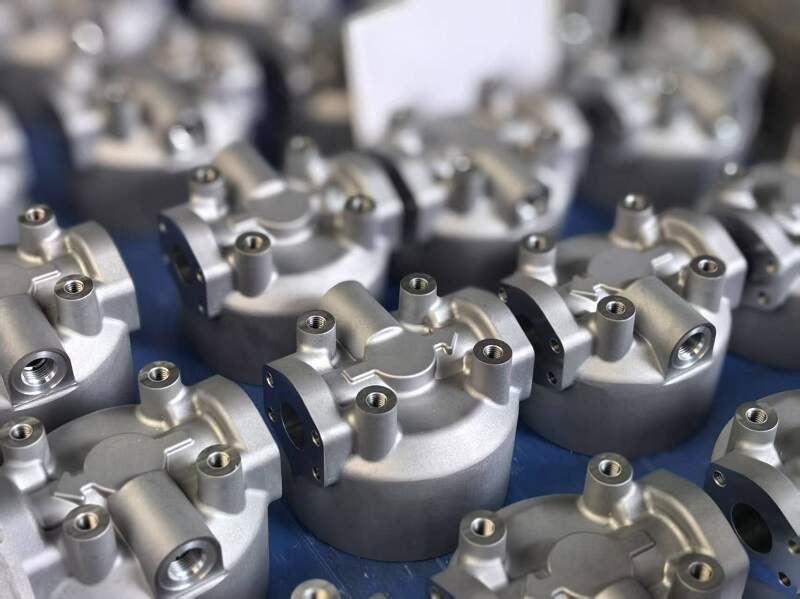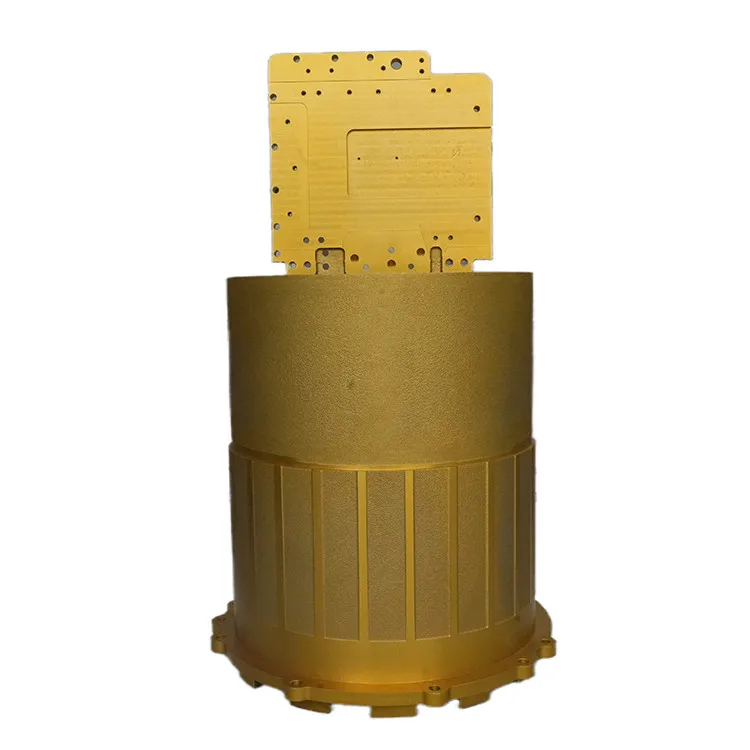Why Sustainability in Aluminum Foundry Reduce Costs and Waste
Aluminum Casting Techniques: a Deep Dive Into Materials and Methods for Success
Aluminum casting methods play a vital function in manufacturing. Various methods exist, each fit to various applications and demands. Sand casting is favored for larger components, while die casting is recognized for its precision in high-volume production. Investment casting supplies detailed designs with superior surfaces. Understanding these differences can substantially affect task results. Aluminum Foundry. Picking the suitable approach is not constantly simple, leading to crucial considerations that need to be discovered even more.
Understanding Aluminum Casting: An Introduction
Aluminum casting is an important manufacturing process employed across various sectors to develop detailed parts with high precision. This technique entails putting molten aluminum right into a mold, permitting it to strengthen and take the shape of the wanted component. The versatility of aluminum, integrated with its corrosion-resistant and lightweight properties, makes it a suitable option for applications in vehicle, aerospace, and durable goods.
Different casting methods exist, each matched to specific demands and task scales. Elements such as mold and mildew materials, cooling prices, and the complexity of the design play a significant function in establishing one of the most reliable strategy. In addition, the homes of the aluminum alloy used can impact the end product's strength, surface, and durability finish.
Understanding the principles of aluminum casting allows suppliers to maximize manufacturing procedures, lower waste, and guarantee high-grade result, which is essential in today's open market.
Sand Casting: Applications and strategies
Amongst the numerous techniques utilized in aluminum casting, sand casting attracts attention due to its flexibility and cost-effectiveness. This method entails creating a mold from a mix of sand and binder, which can be shaped to fit complicated styles. As soon as the mold is prepared, liquified aluminum is poured right into it, permitting complex attributes and details to be recorded.
Sand casting is specifically advantageous for generating huge parts and low-volume manufacturing runs, making it optimal for automobile parts, equipment components, and artistic sculptures. The method additionally accommodates a series of aluminum alloys, improving its convenience in different applications. In addition, the usage of sand as a mold and mildew product permits for easy improvement and reuse, adding to eco lasting techniques. However, accomplishing high dimensional accuracy can present difficulties, demanding skilled workmanship and mindful control of the casting procedure. Overall, sand casting remains a fundamental method in aluminum factories worldwide.
Die Casting: Precision and Performance
Die casting is a very effective method of producing aluminum elements with remarkable dimensional precision and surface area finish. This procedure includes forcing liquified aluminum right into a precisely machined mold and mildew under high stress, which enables intricate styles and marginal product waste. The fast air conditioning of the alloy within the mold and mildew results in a solidified component that often needs little to no additional machining.
Die casting is particularly advantageous for high-volume manufacturing runs, where consistency and speed are extremely important. It supports the development of complicated geometries, making it suitable for numerous applications, consisting of automotive, aerospace, and durable goods.
The procedure can accommodate different aluminum alloys, enhancing the mechanical residential properties of the finished products. With its capacity to create lightweight yet durable elements, die casting stands apart as a favored strategy in modern manufacturing, delivering both precision and efficiency in aluminum casting.
Investment Casting: Detail and Intricacy
Investment casting, additionally known as lost-wax casting, is a exact and functional technique for creating complicated aluminum elements. This technique is particularly valued for its capacity to create complex geometries and great information that are often unattainable through various other casting techniques. The procedure starts with a wax pattern, which is coated in a ceramic covering. As soon as the shell sets, the wax is disappeared, leaving an in-depth mold and mildew for aluminum pouring.
The benefits of investment casting consist of superior surface area coating and dimensional accuracy, lessening the these details requirement for substantial machining later. It is specifically useful for small to tool manufacturing runs where precision is critical. This technique accommodates different aluminum alloys, enhancing its applicability throughout markets. aluminum casting. Ultimately, financial investment casting attracts attention for its capability to deliver both visual allure and practical efficiency in aluminum elements, making it a recommended selection for developers and engineers looking for facility solutions

Selecting the Right Technique for Your Project
Just how can one determine one of the most appropriate aluminum casting approach for a particular task? The selection procedure depends upon several essential elements, including the complexity of the layout, the wanted surface area finish, and production quantity needs. For detailed styles, financial investment casting frequently confirms helpful as a result of its capacity to catch fine details. Alternatively, sand casting may be liked for larger, much less complicated components, offering cost-efficiency and flexibility in manufacturing.
Furthermore, factors to consider pertaining to tolerances and mechanical properties of the end product are essential. For high-performance components, die casting might be the most effective option, as it offers superior dimensional precision and surface top quality. Furthermore, understanding the product homes and compatibility with the selected approach is important for guaranteeing the success of the project. Inevitably, a thorough analysis of these variables will guide the decision-making procedure, resulting in one of the most efficient aluminum casting approach for the specific job handy.
Regularly Asked Inquiries
What Is the Ecological Impact of Aluminum Casting Methods?

Exactly How Can I Boost the Surface Area Complete of Cast Aluminum?
To enhance the surface finish of cast aluminum, one can use techniques such as sandblasting, brightening, and using coverings. Proper mold style and temperature level control also considerably improve the last surface high quality of the cast item.
What Security Safety Measures Should Be Taken Throughout Aluminum Casting?
During aluminum casting, important safety preventative measures consist of using protective equipment, ensuring appropriate air flow, making use of fire-resistant materials, maintaining a secure range from molten steel, and adhering to tools security procedures to avoid injuries and crashes.
How Do I Troubleshoot Usual Casting Problems?
To fix typical casting defects, one must inspect the mold for damage, assess the alloy composition, check putting temperature level, adjust cooling rates, and guarantee proper airing vent to decrease air entrapment and boost casting top quality.
What Are the Prices Connected With Different Aluminum Casting Techniques?
The costs related to different aluminum casting methods differ substantially, affected by factors such as product expenditures, tools, labor, and production scale. Budget factors to consider are vital for choosing one of the most ideal casting approach for particular tasks.
Sand casting is preferred for larger parts, while die casting is known for its precision in high-volume manufacturing. Amongst the different techniques made use of in aluminum casting, sand casting stands out due to its adaptability and cost-effectiveness. Die casting is a very effective approach of creating aluminum elements with phenomenal dimensional precision and surface area finish. visit the site Financial investment casting, likewise known as lost-wax casting, is a precise and flexible approach for this creating complex aluminum parts. Just how can one figure out the most appropriate aluminum casting technique for a specific job?